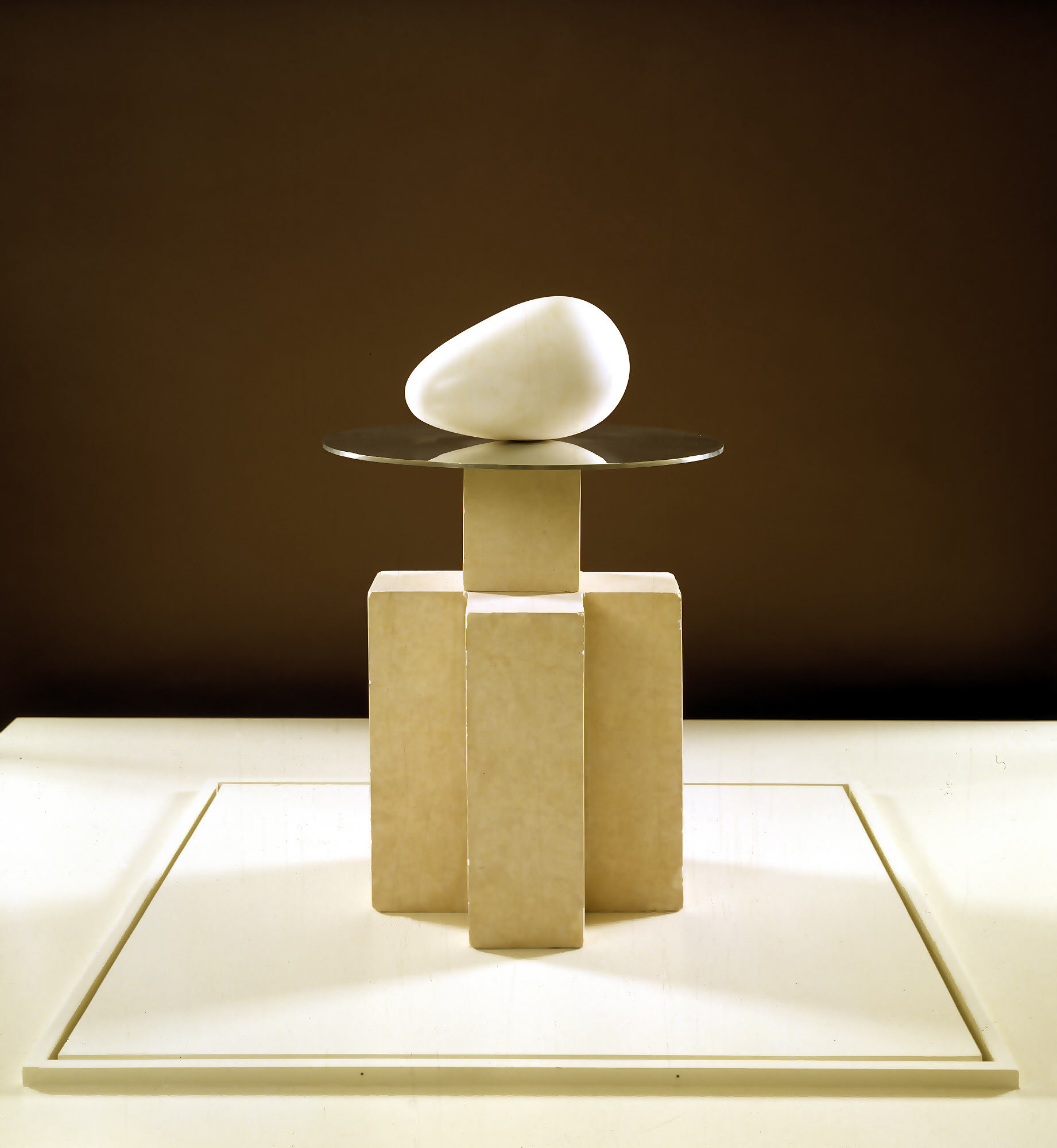The members of the (artistic)
discourse community share several features:
- a set of common public goals
- mechanisms of intercommunication
- mechanisms to provide information and feedback
- GENRES - which are specific to the common goals
- specific lexis
- discourse expertise in the specific field
TASK 1: Can you exemplify these common features: e.g. What common goals do artists have? Which are the mechanisms through which they communicate among themselves?
Art and communication: visual + verbal/linguistic
Visual communication: facilitated by such features as theme, subject matter, elements of design, principles of design/composition, iconography (signs, symbols).
Linguistic/verbal communication:
The artistic discourse community employs its own discourse, characterized by certain features:
- everyday words placed in a new, art-specific context (e.g.
brush, installation, ground, glazing, etc)
- words from science and technology (e.g.
de-gas; alkyd resin)
-word-formation (e.g.
water-colour, aqua-tint, body-color, aquamarine, etc)
- borrowings (from French: e.g.
frottage, sanguine, gouache, and Italian: e.g.
sfumato, chiaroscuro,
sgraffitto, etc )
- specific phrases (e.g.
still life, life-size, color field, nonobjective art, found object, ready-made, etc)
- trademarks/tradenames (e.g.
a Picasso, a Chanel, an Impressionist, etc)
- NOMENCLATURES
- specific morphology, syntax, semnatics, rhetoric (not extremely different from the general use, yet presenting some peculiarities; see Artspeak and IAE = International Art English)
- specific GENRES
NOMENCLATURES = hierarchical arrangement of the terminology of an area of study; they are probably the most important characteristic of any specific vocabulary.
subject-matter identifiable objects, stories, events; "what is depicted?"
- representational/abstract/non-representational=nonobjective art
- meaning=content
- title
- iconography + iconology
formal elements:
- line (e.g. dominant/subordinate, smooth/jerky/brusque/jagged)
- shape (e.g. geometric/biomorphic)
- light/dark (value,key)
- mass
- volume
- colour, hue, value, intensity/saturation/purity; primary/secondary/intermediate/analogous/monochromes/warm/cool
- space (overlapped shapes, foreshortening, size, linear=geometric perspective + vanishing point/atmospheric=aerial perspective/realistic space/analogical,abstract space; three/bi-dimensional space
- texture
- time and motion
- sound and smell
principles of design:
- balance (symmetrical/approximately symmetrical/asymmetrical balance)
- focal point
- dominance
- economy
- rhythm
- scale, proportion ("the golden section")
- unity/variety
- open/closed composition
purposes of art (functions that artworks may fulfill - in religious rituals, commemorating, the assertion of power, honoring a person, recording an event, etc)
processes and materials/media
- drawing (e.g. in silverpoint, in pastels, etc)
- painting (e.g. in acrylics, oil paint, etc)
- printmaking (relief/intaglio processes/engraving/drypoint/aquatint, etc)
- sculpture (additive/subtractive; modelling, casting, assemblages, etc)
styles
- conceptual, representational, illusionistic, naturalistic, realistic, idealistic, abstract, non-representational;
- Classical/Romantic/Baroque/Impressionistic/Expressionistic, etc
In addition, click the link below:
Task 2: give some examples of how the artist may communicate a specific thing through one or more of the above features of the plastic discourse.
GENRES = classes of communicative events (spoken, or written) that share the same
communicative purposes
The genres that we will be studying are:
- the critical essay (the formal analysis, the expository essay, the compare and contrast essay, the argumentative essay);
- the essay examination;
- the research paper
- the art review
- the art news
- the artist's statement
- the artist's blog
- the artist's home page/website
- the exhibition catalog
NOTE: for more detailed information and deeper insight, please consult the following books (in the UAD library) by Anda-Elena Cretiu:
An ESP Perspective on Art-Related Discourse, EZway Books, LLC, Las Vegas, NV, 2004, chapter3- An overview of the peculiarities of the discourse about art, pp.71-100; the 1000 terms dictionary at the end may also be of some help +
Art Terms - English-Romanian/ Romanian-English Dictionary, CCS, 2015. You may as well consider
Discourse and Communication in Visual Arts, CCS, 2014 (pp. 9-68) and 249-259
TASKS: DEADLINE: October 18, 24 hrs.

.jpg)

